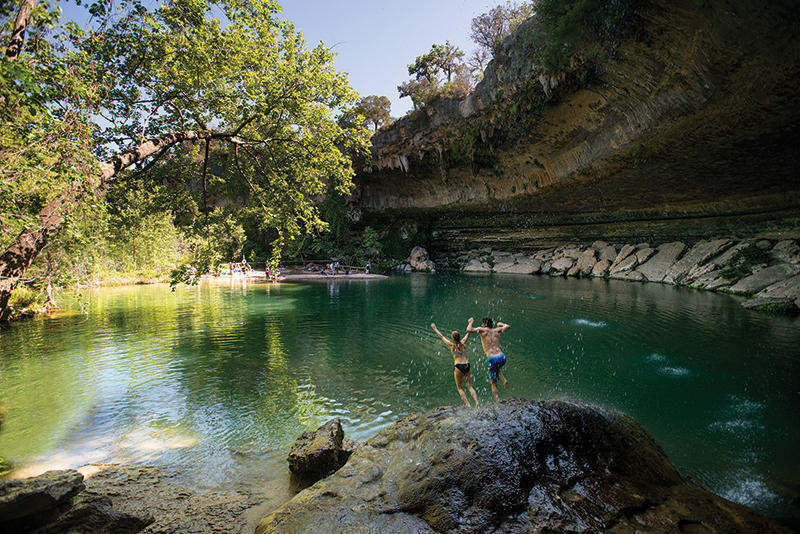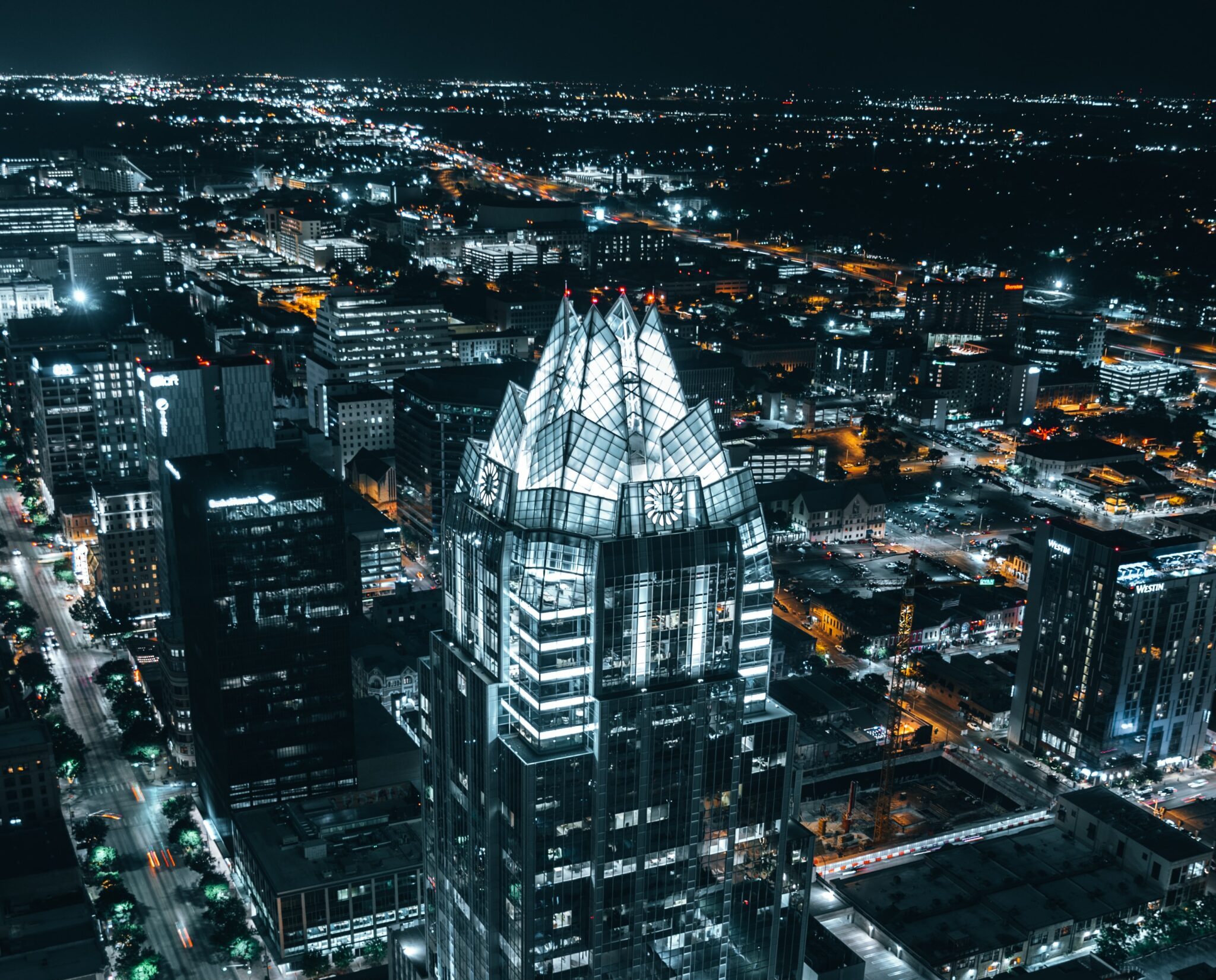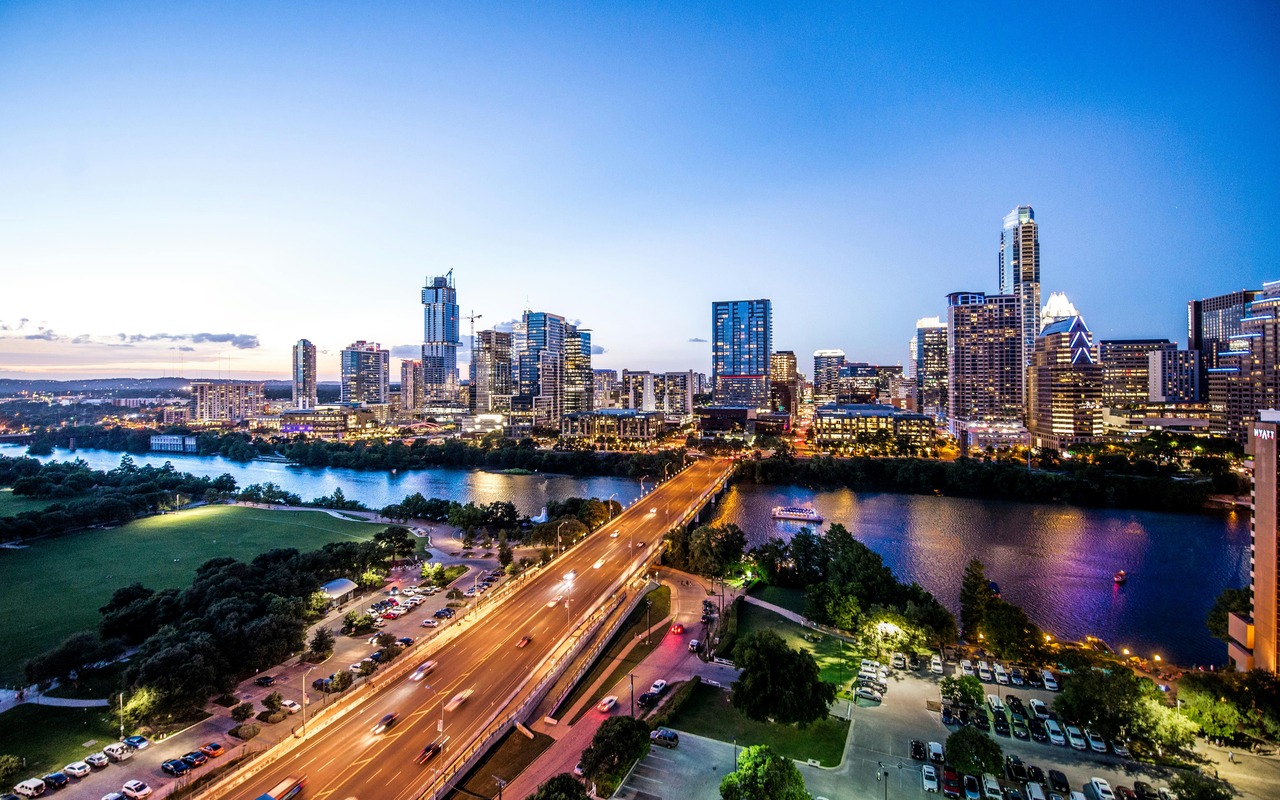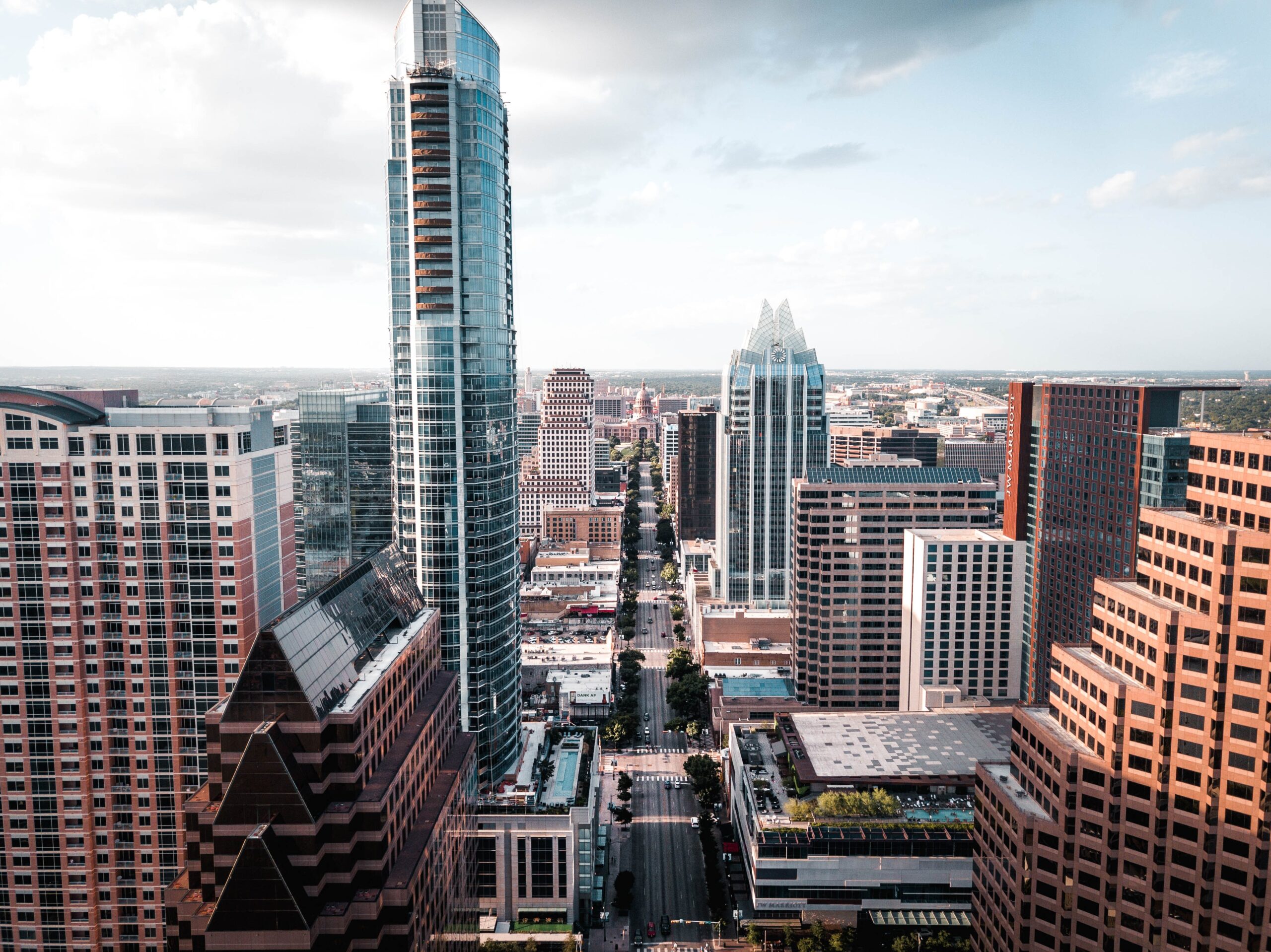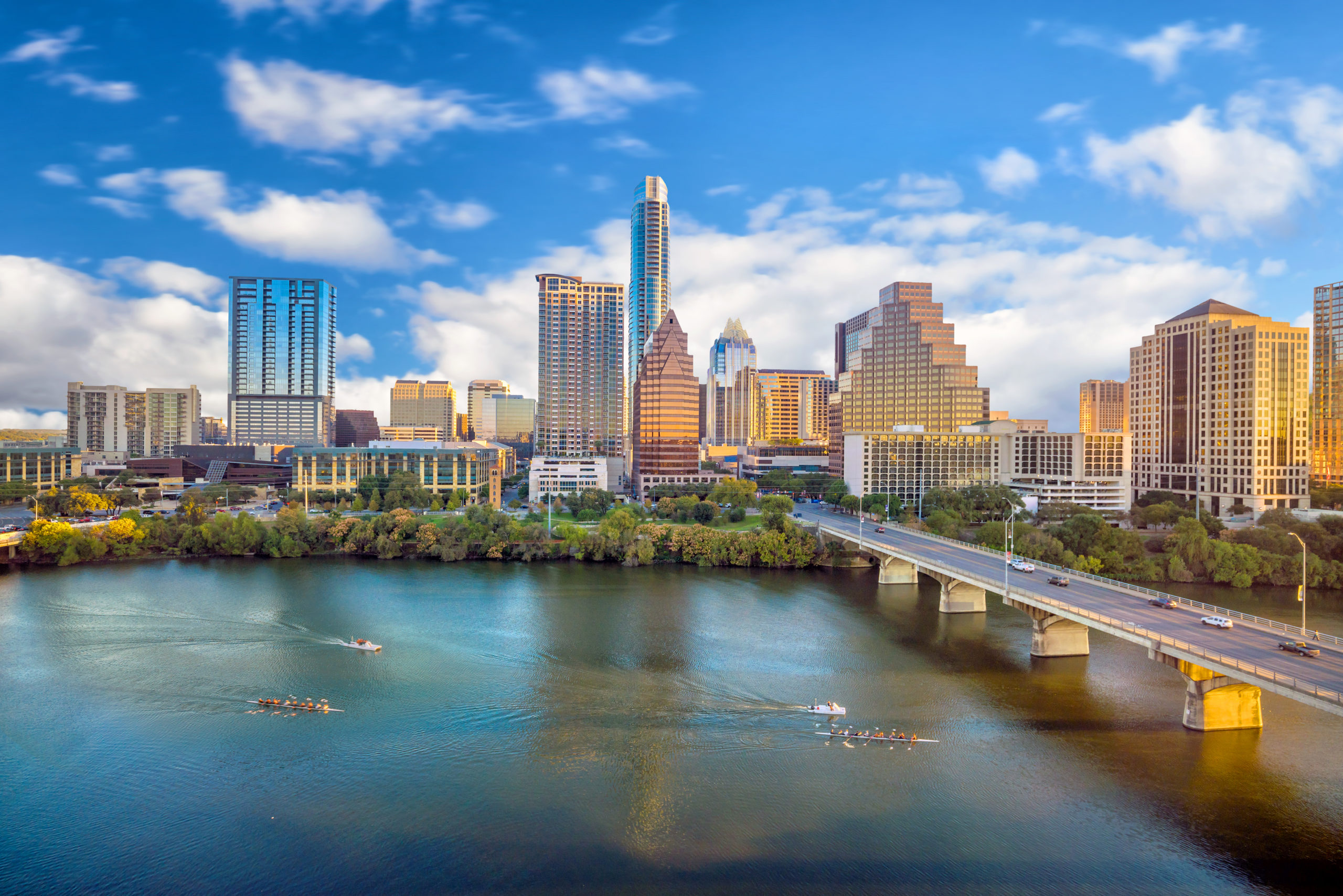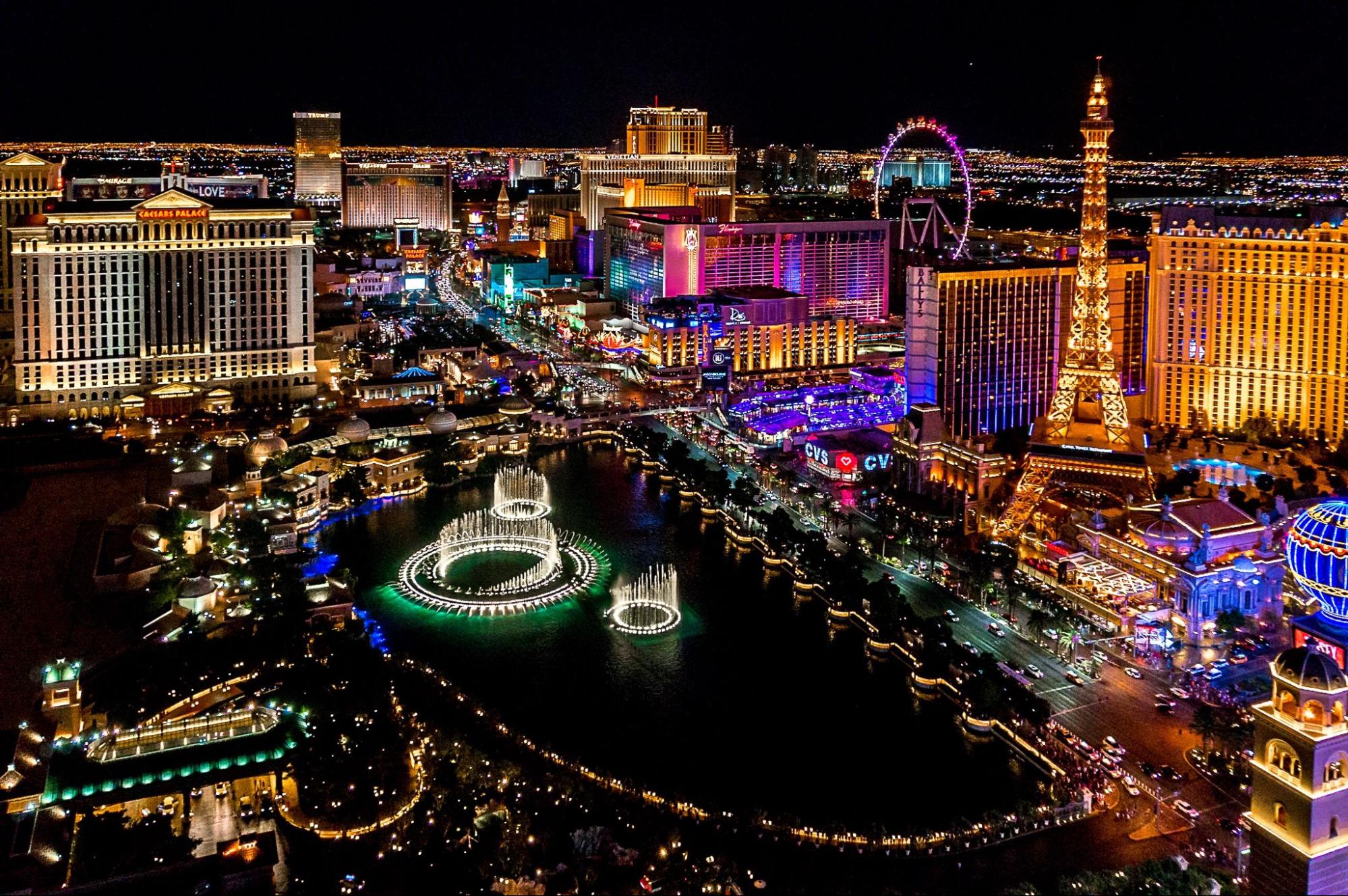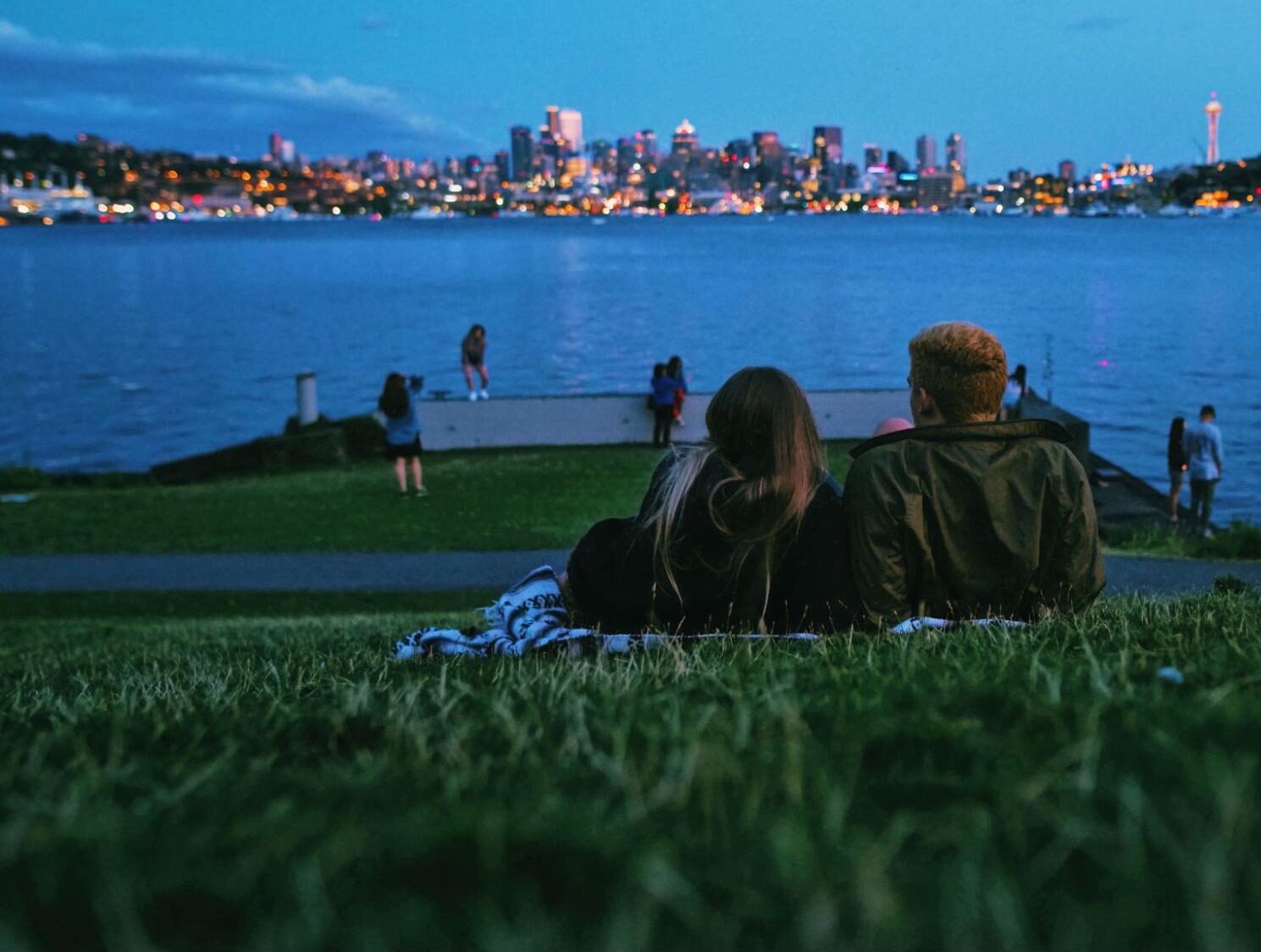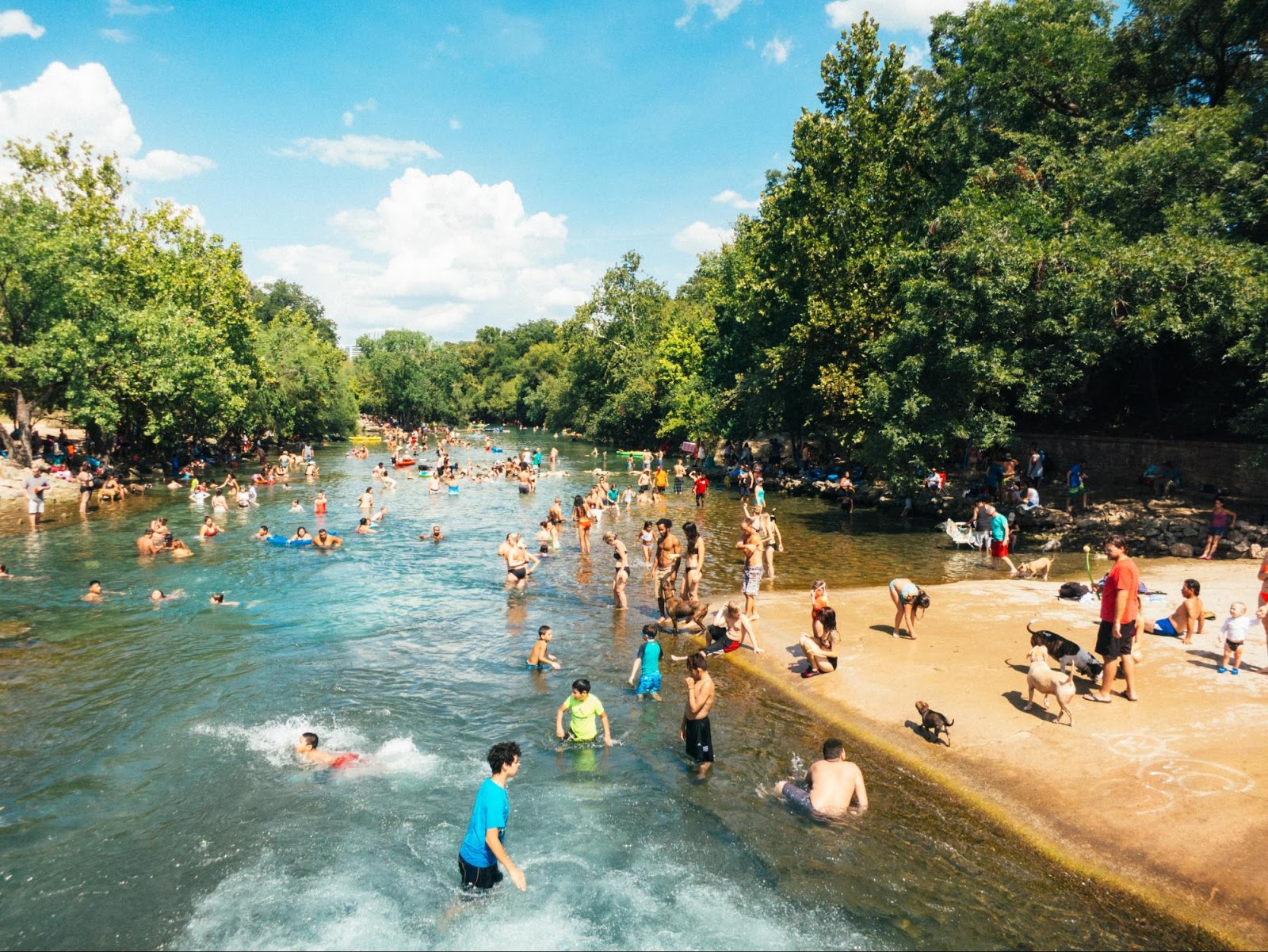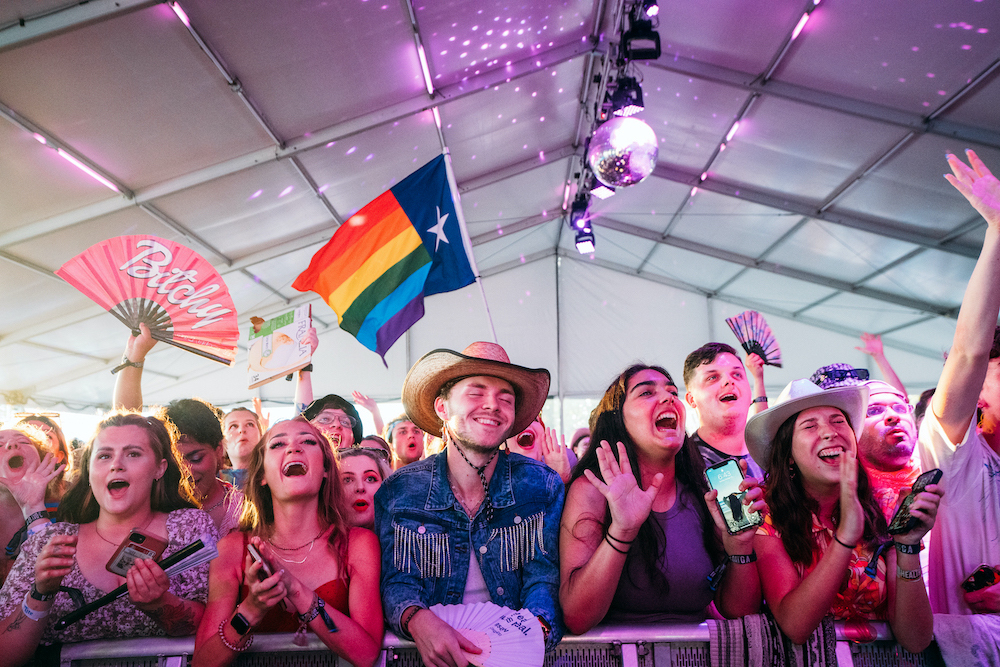
15 Things You Need to Know Before Moving to Austin
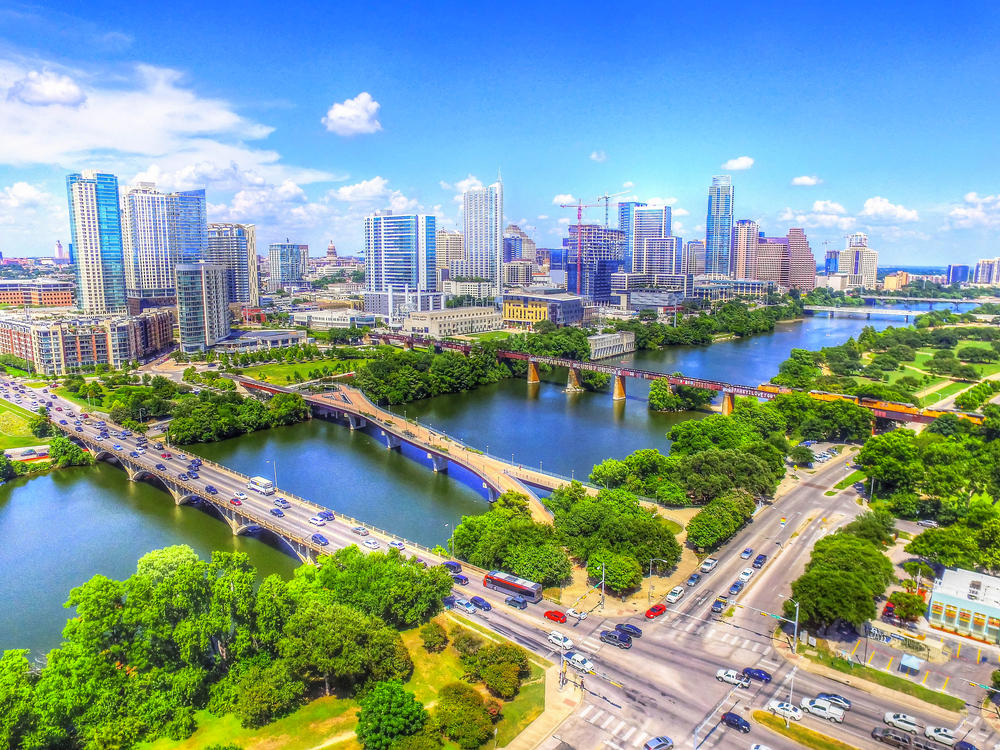
Austin has grown by leaps and bounds in the past decade. In fact, it’s been called one of the fastest-growing cities in the past several years, earning spots on national lists naming the best U.S. places to move to. Many people in the tech industry are relocating to the area from California, New York, and elsewhere, as a number of companies across all different industries choose to open offices in Austin.
If you’re thinking about moving to Austin, here are 15 things you need to know to decide whether this Texas town is the place for you:
1. The cost of living in Austin is up
Living in Austin is more expensive than ever these days, and real estate and rent values have only increased with the city’s popularity. Transplants from more expensive cities are buying houses above asking price in cash, which is controversially pushing out locals, and rent prices are climbing.
Before moving to Austin, you should do your research on different neighborhoods to find housing that’s in your price range.
2. Austin is more liberal than its surrounding area
It’s important to understand that, even though Texas is currently a red state, its capital city is as blue as they come. After moving to Austin, you will notice political signage will change abruptly as soon as you drive outside of the city.
3. Austin still features classic charm
Of course, with growth comes change, but the spirit of old-school Austin is still here if you know where to look. Get a taste of it by visiting one-of-a-kind Austin spots like Casa de Luz, The Saxon Pub, Cisco’s, Deep Eddy Cabaret, Carousel Lounge, Continental Club, The Broken Spoke and Scholz Garten (which is actually the oldest bar in the entire state!).
4. Live music reigns supreme in Austin
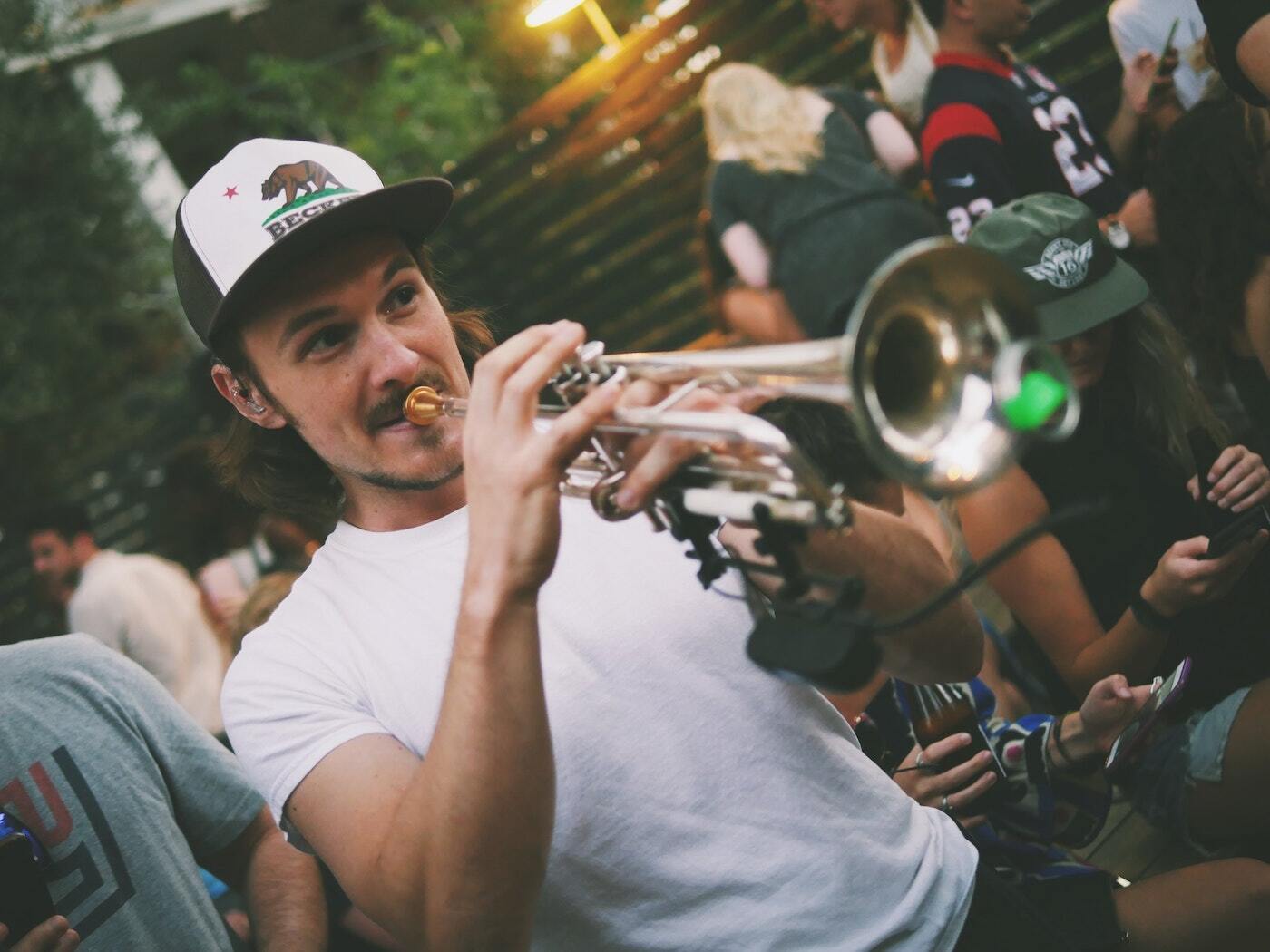
The Live Music Capital isn’t just a cute name—and we’d like to keep it that way. You can truly see live music any night of the week here at a number of small and large music venues across the city. Plus, the area’s great weather means music festivals happen all through the year.
Whatever you do, don’t secure housing next door to a live music venue and then complain about the volume of the music. Besides, noise ordinances prohibit high volumes between the hours of 10:30 p.m. and 7 a.m. throughout Austin’s neighborhoods.
5. You’ll likely need a car
Just like other Texas towns like San Antonio, Houston, and Dallas, Austin is very much a car-centric city (with the growing traffic to prove it). While its neighborhoods are more walkable than these other cities, Austin’s public transportation is, quite frankly, lacking for a city of this size and population. There is a bus system and a very limited light rail, so if you’re someone who would really like to utilize transportation after moving here, you might want to plan your apartment location around these routes (particularly if you’re planning on commuting to a job).
Austin is also located right in the middle of the city, making it easy for Austinites to drive to any of the other major cities (just over an hour to San Antonio, less than four to Dallas, and less than three to Houston).
6. There are fewer guns in public
Because of the open carry allowances, many people imagine Texas is like living in the Wild West, where everyone walks around in cowboy boots and hats with a gun strapped to their waist. While you will see a decent amount of western wear, it actually isn’t all that common to see residents open-carrying around Austin. There are also a number of places that do not allow weapons by law, such as schools, bars, amusement parks, sporting events, and more.
7. The area is greener than you’d expect
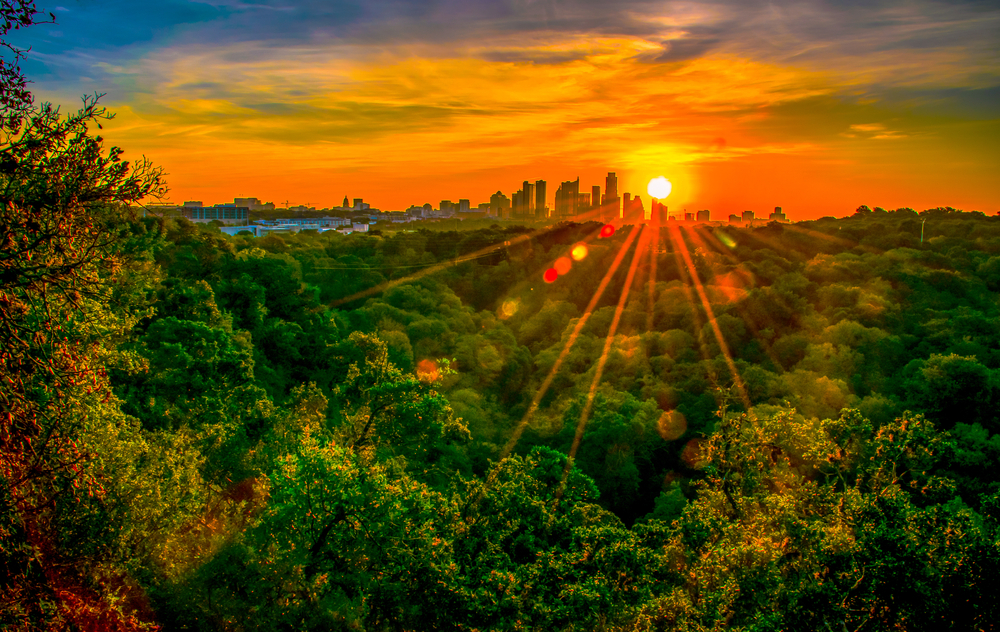
While the state of Texas may conjure up desert-like images, Central Texas (where Austin is located) is a particularly green and lush part of the state. Known as the Hill Country, the surrounding area is made up of a series of gently rolling hills and has become quite the destination for visiting wineries, breweries, and distilleries. (Just be sure you designate a driver or use a ride-share app when planning your visit!)
Austin residents also enjoy weather that’s milder and dryer than Houston, and the city doesn’t get the same snow and low temperatures as Dallas.
8. There are plenty of opportunities for aquatic recreation
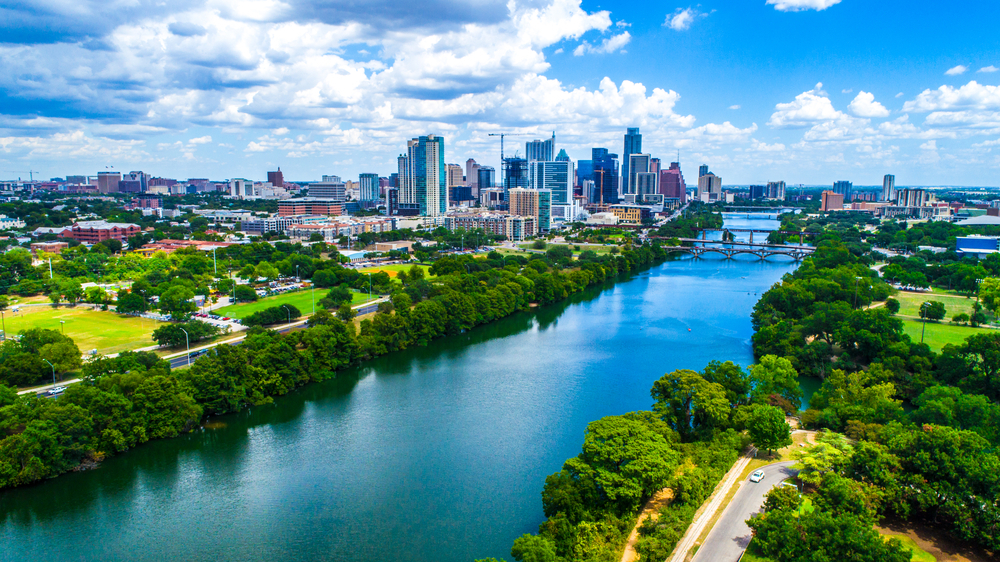
Lady Bird Lake (previously known as Town Lake, so you might still hear it called that) is actually a section of the Colorado River that runs right through the middle of the city and separates downtown from South Austin. And while it’s actually illegal to swim in the water for safety reasons, this body of water is super popular among paddleboarders and kayakers. Didn’t bring your own? There are several outfitters where you can rent equipment by the hour or day.
9. Swimming holes are the perfect way to cool down
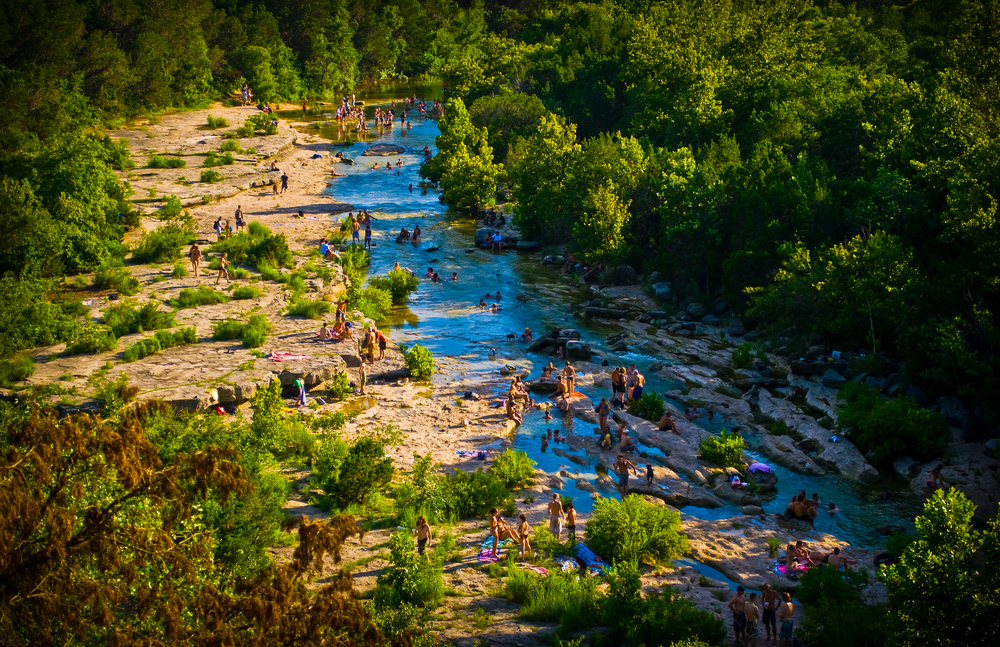
If you really want to swim, however, there are plenty of free and accessible swimming holes in and around the Austin area, which is a huge benefit of living here. When the summer heat is already reaching triple digits in June, you’ll be grateful to have a number of swimming spots within reach, including city pools like Deep Eddy and Big Spacy and spots along the Greenbelt.
It’s important for you to know that many of the natural swimming holes will dry up due to heat and lack of rain by mid-summer, so it’s best to enjoy those while you can (typically through June). Tubing nearby rivers like the Comal, San Marcos, and Guadalupe is also a great option all summer long.
10. The city is very dog-friendly
Austinites absolutely love their dogs, and you’ll find that you can take your furry friends nearly everywhere with you. There are even some bars and restaurants designed for both humans and their dogs to be able to simultaneously socialize, such as Yard Bar and the Dog House Drinkery.
Do note that if you are a dog owner, it’s essential to know about the blue-green algae that can develop in Austin’s natural water during the warmer months. It’s very toxic to dogs, so it’s important that you check for its presence before taking your dog out to places like Red Bud Isle and Secret Beach.
11. Austin has quite the food scene
Austin’s food scene offers a wealth of new restaurants and different cuisine options beyond its famous Tex-Mex, barbecue, and tacos. Both locals and out-of-towners love eating al fresco, which you can do for most of the year here. That means just about every restaurant has a patio (which is also why most places are so dog-friendly), with misting fans in the summer and heaters in the winter.
While there aren’t quite as many food trucks and food trailers as there once were, there is still a considerable amount to explore, and many of them are conveniently grouped together in food truck parks.
Recommended blog
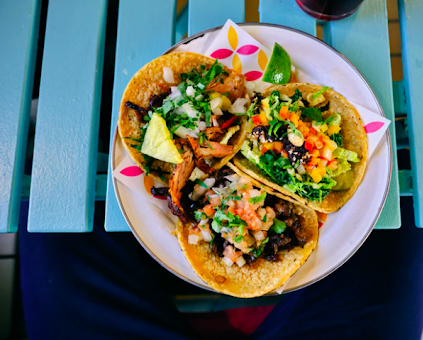
Want to spend half a year exploring Austin’s food scene? Check out our blog, “Spending Six Months in Austin: Your Food Bucket List.“
12. People in Austin like to keep active
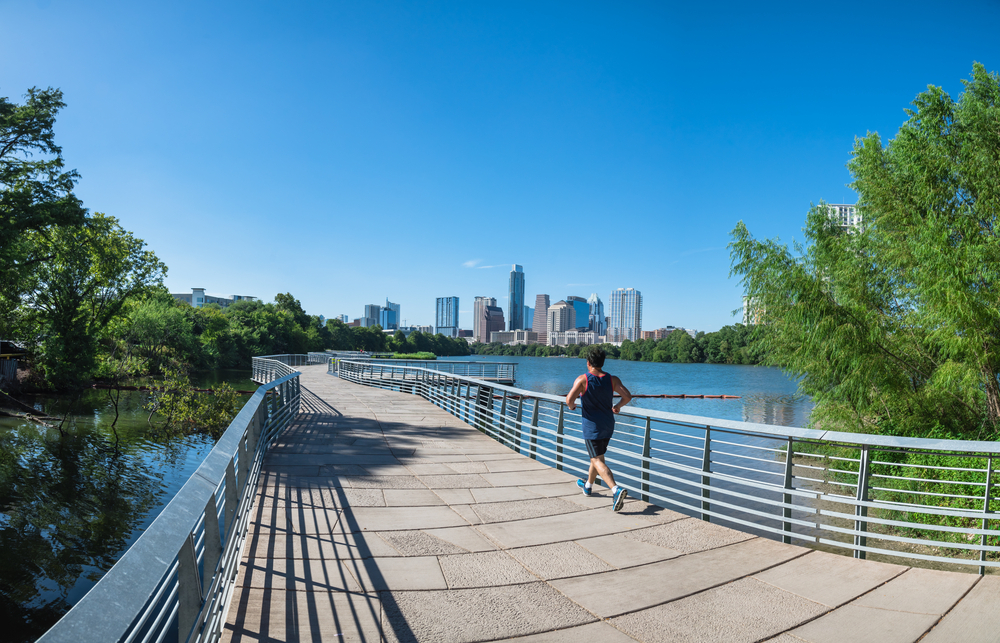
Austin loves to party, but it’s also a very healthy city. The 10-mile Ann and Roy Butler Hike-and-Bike Trail along downtown is one of the most utilized trails in the country, and you’ll see people cycling together for social bike rides all throughout the week. Paddleboarding, bouldering, pickleball, and bike polo are some other popular active social communities you’ll encounter here. The Austin Sports & Social Club is also a great way for new residents to make connections.
13. Austin’s tech scene is growing quickly
Austin is a veritable tech city these days, with tech companies like Google, Apple, Dell, Amazon, Oracle, Facebook, Indeed, Paypal, Silicon Labs, and Texas Instruments moving their hubs there. In 2022, Elon Musk also unveiled Gigafactory Texas, the new global headquarters and manufacturing facility for Tesla, near Austin.
The presence of all these companies means that jobs in Austin are booming. It also means the city is filled with a lot of remote or hybrid employees, so securing coworking space (or even staking out space at your neighborhood coffee shop) is getting increasingly more challenging.
14. You’ll quickly notice the city’s Latin-American influence after moving there
While it’s not necessary to know Spanish to live in Austin, it would certainly be helpful, as there is a strong Latin-American culture here and many Spanish-speaking residents.
However, don’t assume you know how to pronounce street names if you do speak Spanish, because many of them have been shortened or colloquialized. For instance, Guadalupe is pronounced “Guada-loop,” Burnet gets an accent on the first syllable, and there’s even a cute rhyme to help newcomers (“It’s Burnet, dernit, cantcha learn it?”) Manchaca has been changed to Menchaca to correct the misspelling of the name of a veteran for whom the road was named.
Also, no one refers to Loop 1 as that—the highway is actually known called MoPac, instead.
15. You’ll be surrounded by college students
Austin is a big enough city to not feel like a college town (in the same way as nearby San Marcos does). However, being home to the University of Texas at Austin (as well as St. Edward’s University, Huston-Tillotson University, and Concordia University), it certainly is one.
You’ll notice a considerable decrease in traffic when students return home for the holidays, spring break, and summer vacation. UT football games are also a big deal in this city, so unless you’re planning on attending, it’s best to steer clear of the Darrell K. Royal Memorial Stadium on game days. The same can be said for Q2 Stadium in North Austin, Austin’s first major league sports stadium. Austin FC games are hugely popular these days, so unless you plan on donning green and black to attend (which we do recommend!), you’ll want to avoid the area or get stuck in a sea of fans.
Thinking about moving to Austin?
Try on Austin for size by moving into one of Landing’s fully furnished apartments, which feature flexible leases that make it easy to stay in town for as long as you need to decide whether this could be your new home. Lock down your housing in Austin and learn more about what a Landing membership can do for you today!

